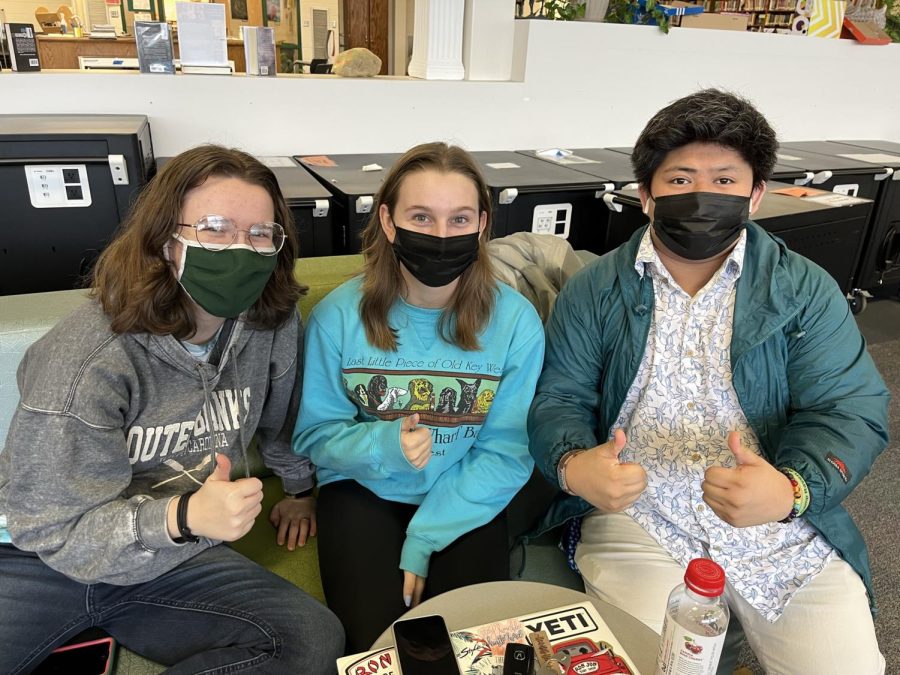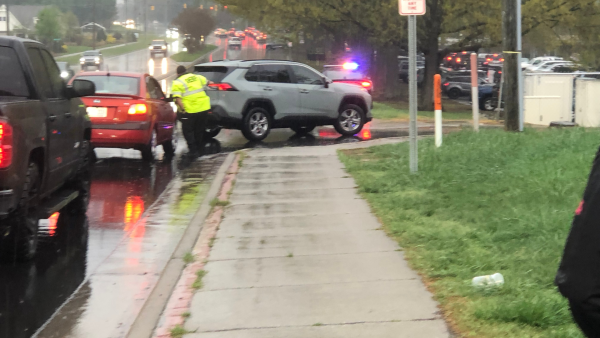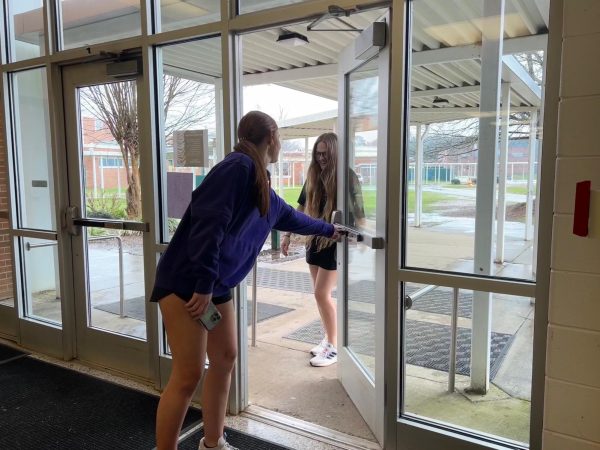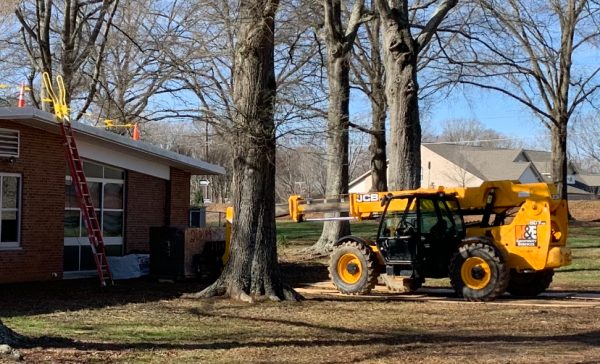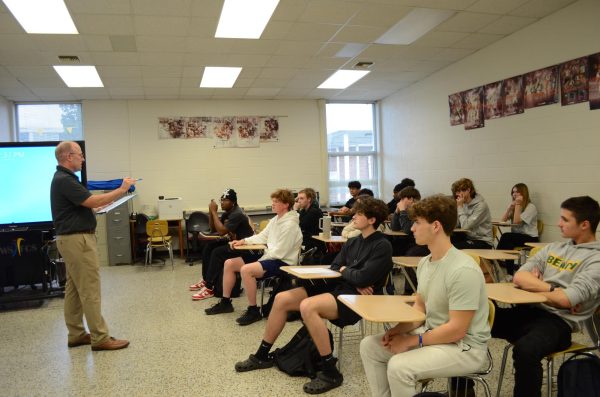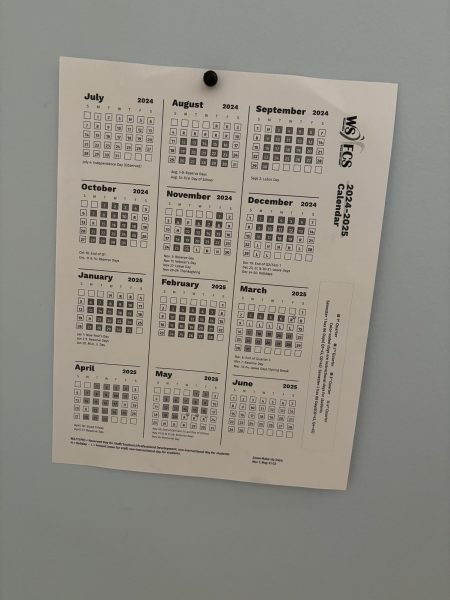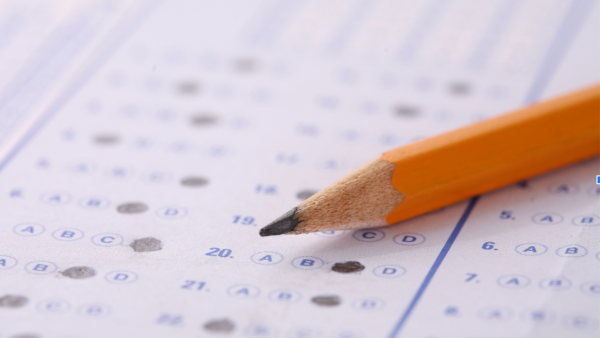COVID Update: Spring 2022 outlook
Students give a thumbs up now that COVID infection rates are decreasing.
February 23, 2022
As most of the world approaches two full years since life was turned upside down by the COVID-19 pandemic, the nation is facing critical staffing problems, alarmingly high levels of transmission and increased rates of positive test results. WS/FCS school board held their monthly meeting on Feb. 8 and voted to continue mandatory masking in all school buildings and transportation. Though people remain hopeful for the long awaited end to the pandemic, many believe that it will have long lasting effects in the future. Professionals like Dr. Kelly Cawcutt, Infectious Disease Expert at the University of Nebraska, claims that some of the safety practices like masking and social distancing “are going to linger with some durable change.”
Hospitals across the U.S. are facing critical staffing shortages. While this is not necessarily a new issue, it has become exacerbated and more widely portrayed in mainstream media throughout the course of the pandemic. Since Feb. 2020, the percentage of resignations among healthcare workers has risen more than 50 percent, according to Fitch Ratings. Since Aug. 2021, the number of job openings in medical and healthcare fields have far exceeded the number of people who are qualified and able to work in those positions.
In North Carolina, about 81 percent of all hospital beds are currently occupied, 21.6 percent of those being occupied by COVID patients, according to NBC News. Along with the rest of the country, North Carolina is also in a red zone, meaning high rates of transmission, according to the Centers for Disease Control and Prevention (CDC). State healthcare providers have also expressed concern in the high percentages of COVID tests coming back positive. The number has dropped from 21 percent in early Feb. down to 15 percent now and professionals are hoping that this downward trend continues.
WS/FCS voted this month to continue the mask mandate, after nearly an hour of public input on the topic. In January, shortly after students returned from winter break, the school system also made a change to their definition of “fully vaccinated.” Whereas before to be considered “fully vaccinated” students and staff needed only to have the first two doses of the Pfizer or Moderna vaccines or a dose of the Johnson & Johnson vaccine, and now a booster vaccination is also required to fit that definition. However, students, staff and faculty are not required to be vaccinated. The county also changed some of its isolation requirements. Now, if students test positive, they must quarantine until either five days after becoming asymptomatic or isolate for at least five days and then produce a negative COVID test. This is significantly more lenient than the previous 10-20 day quarantine period.
Recently, the CDC has released statements that advise everyone to wear KN95 or N95 masks or double mask with a base layer medical mask and a cloth mask over top of it to protect yourself and others as much as possible. It is also recommended that everyone makes sure that masks fit snugly over the nose and chin and also that people shouldn’t double mask with two disposable masks, as they are not designed to fit tightly on the face. As well, last month the federal government set up a program in which families could register to receive free COVID test kits and KN95 masks to be sent directly to their residence.
As the country continues to trend in the right direction, it is important to remember that just because it’s getting better does not mean that it’s over. The best thing for everyone to do is continue to mask, social distance and do the best they can to make sure their friends, family and themselves stay safe and healthy.

